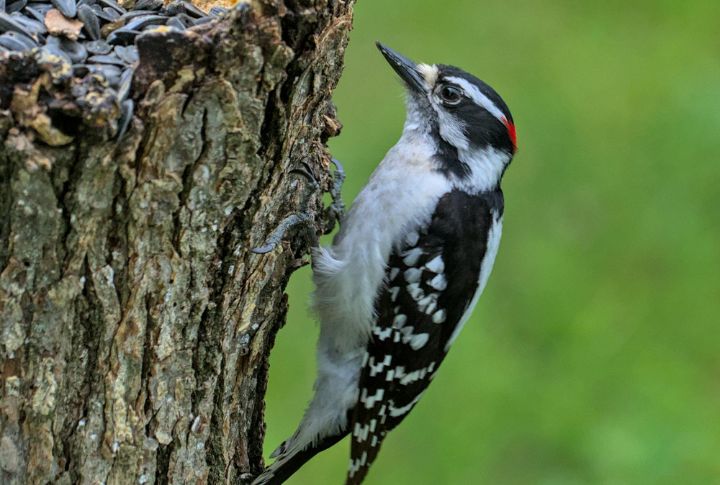
At first glance, they’re just birds hammering away at bark. Look a little closer, and you’ll find a world packed with strange skills and wild surprises. Woodpeckers dominate nature with style, strength, and a toolkit built for tree living. Every thud against a tree trunk has a deeper meaning—and it’s not the one you expect. Here’s a peek at the life of this tiny, talented bird.
Woodpeckers Have Zygodactyl Feet For Superior Climbing
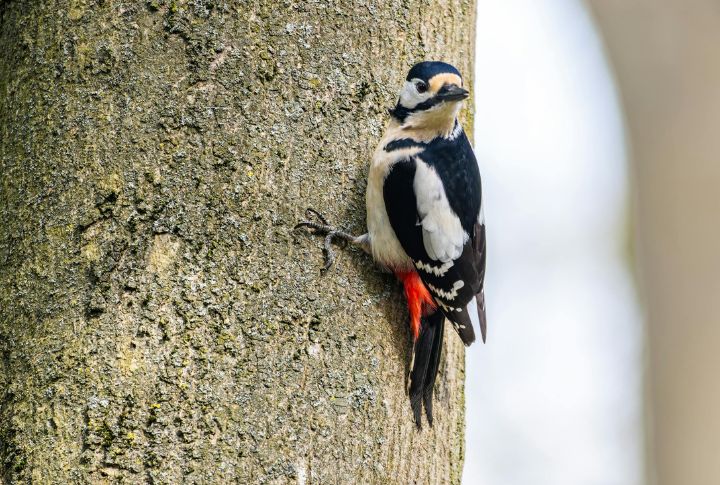
Woodpeckers have two toes facing forward and two backward, a zygodactyl configuration. It’s nature’s answer to Velcro, but with talons. This structure provides them with an unmatched grip on vertical bark, enabling their cling-and-climb finesse, as noted in ornithological field studies.
They Hollow Out Perfectly Round Nest Cavities
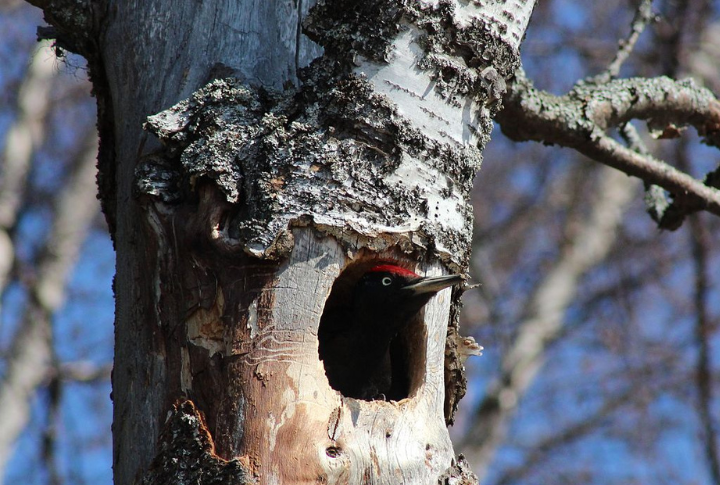
Real estate matters. Woodpeckers craft their cavities from scratch, and they are perfectly round, deep enough, and moisture-resistant. According to the U.S. Forest Service, they rarely reuse last year’s homes. Each season, it’s one bird and a custom-built bungalow. Call it eco-architecture with a single occupant.
They Drum To Communicate And Find Food
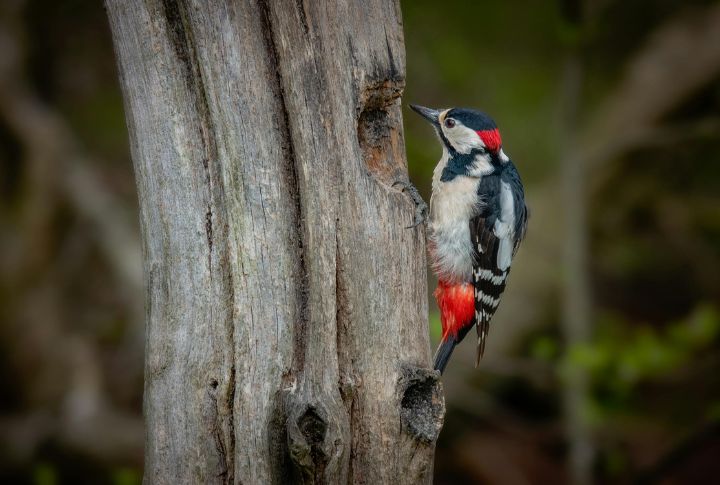
Each woodpecker species crafts a distinct drumming pattern, characterized by speed, rhythm, and force, that varies like a Morse code signature. Some thrum a rapid-fire beat to attract mates, while others hammer slower pulses to defend prized territory. Their communication by percussion is broadcast across entire forests.
Their Nostrils Are Covered In Protective Feathers
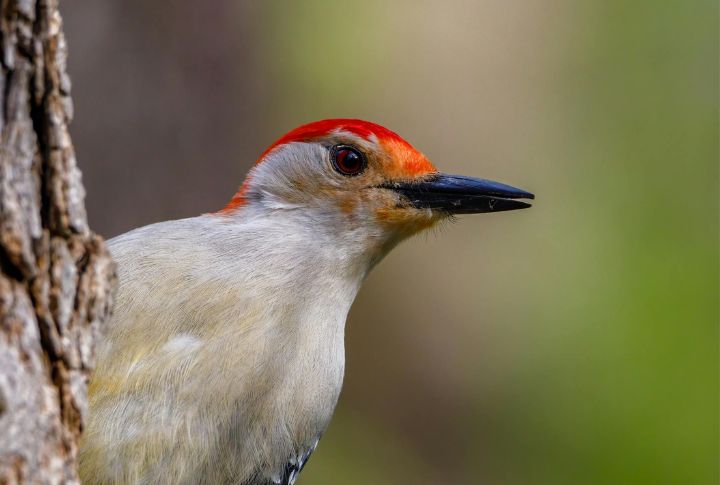
Forget dust masks. Woodpeckers evolved natural bristles to guard their nostrils against flying wood particles. These tiny feather tufts function like air filters, as they play a critical role in respiratory health. It’s like avian PPE installed at birth—no upgrades are needed.
Woodpeckers Sleep Upright By Clinging To Trees
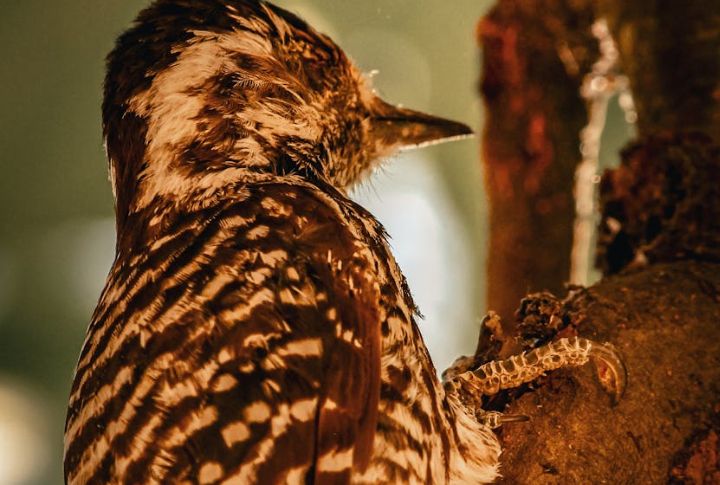
Woodpeckers roost upright, gripping with their claws and bracing with their tails against tree cavities. Such a posture allows them to conserve energy while remaining ready to launch at the first sign of danger. Even during rest, they remain locked in a state of survival mode.
Their Tongues Wrap Around Their Brains
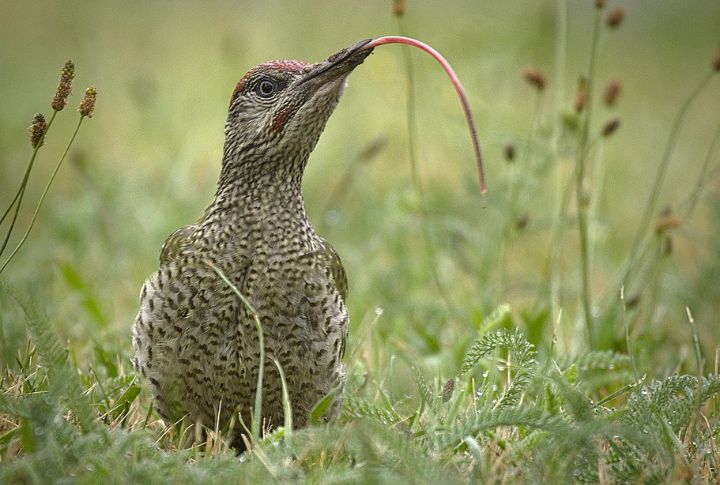
A woodpecker’s tongue doesn’t just grab bugs; it circles behind its skull and wraps over the brain, like a helmet would, to guard its head. Quite odd, right? But this bizarre setup plays a role. It helps cushion the bird’s brain from constant impacts, acting as nature’s shock protection system.
Their Tails Serve As Built-In Tripods
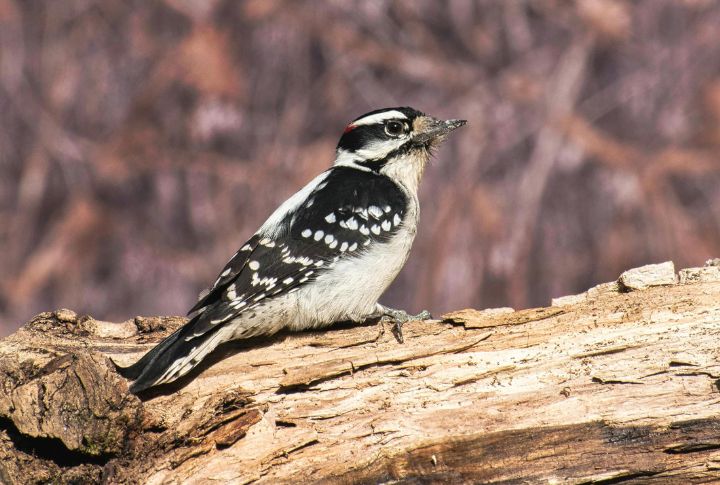
Try pounding a wall without leaning. Woodpeckers don’t because their rigid tail feathers brace their bodies like a built-in tripod. Their stiff feathers act as a backstop, locking them against tree trunks and keeping every strike powerful and controlled.
They Can Drum On Metal Without Hurting Themselves

Male woodpeckers drum on metal surfaces to amplify their signals, which makes them louder and more aggressive. It is a behavior that gives them an acoustic advantage during territorial disputes. What sounds like random noise is a strategic move to dominate rivals over long distances.
Woodpeckers Tap Trees’ Sap, Like Tiny Sugar Farmers
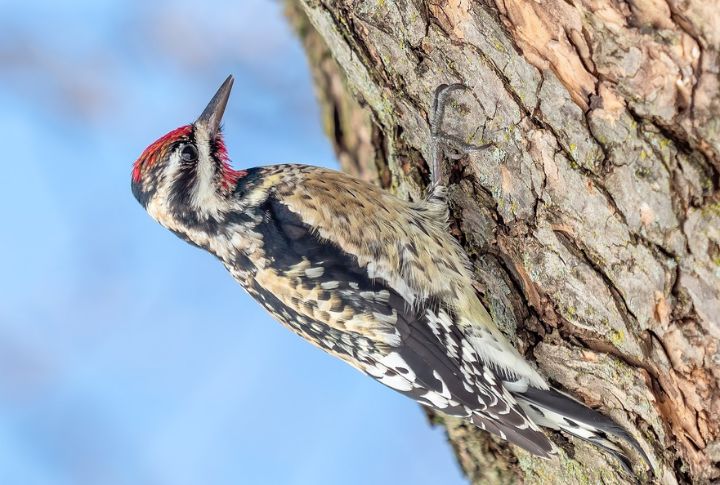
Not all woodpeckers eat bugs. Some create forest cafes with loyalty perks: sweet sap from the same tree, every day. Yellow-bellied sapsuckers drill neat rows of sap wells and return daily to harvest the sugary flow. Other creatures, such as hummingbirds, often take advantage of these opportunities.
They Peck At Lightning Speeds Without Harm
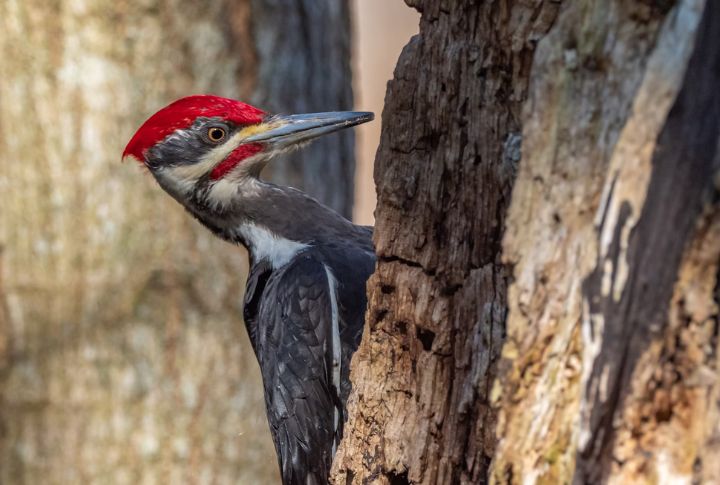
Twelve thousand strikes a day? That’s routine. Woodpeckers hit wood at 6–7 meters per second, potentially faster than a boxer’s punch. Their beaks are built to absorb impact like crumple zones in a car. Every strike is a precision force that does not give a concussion.

